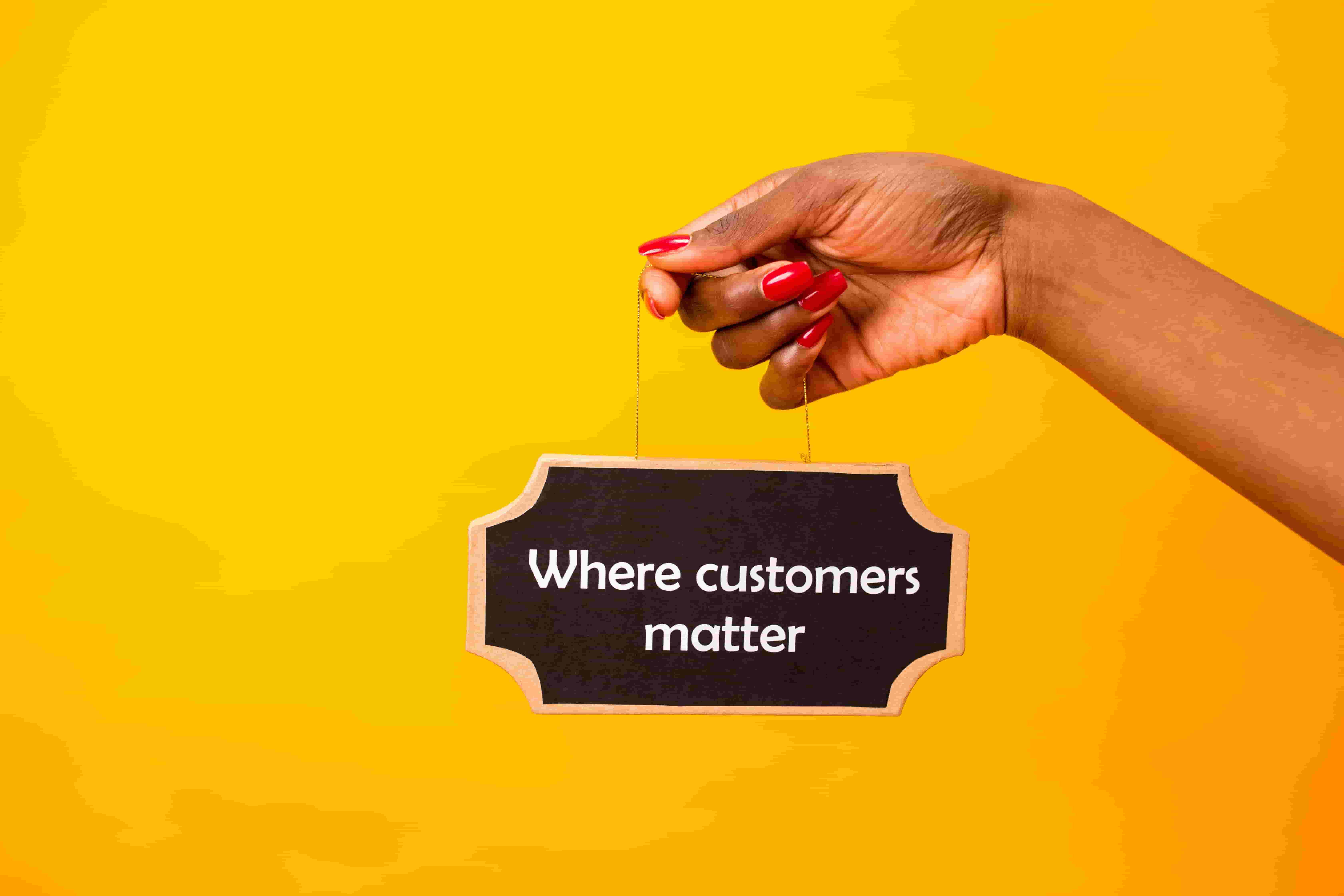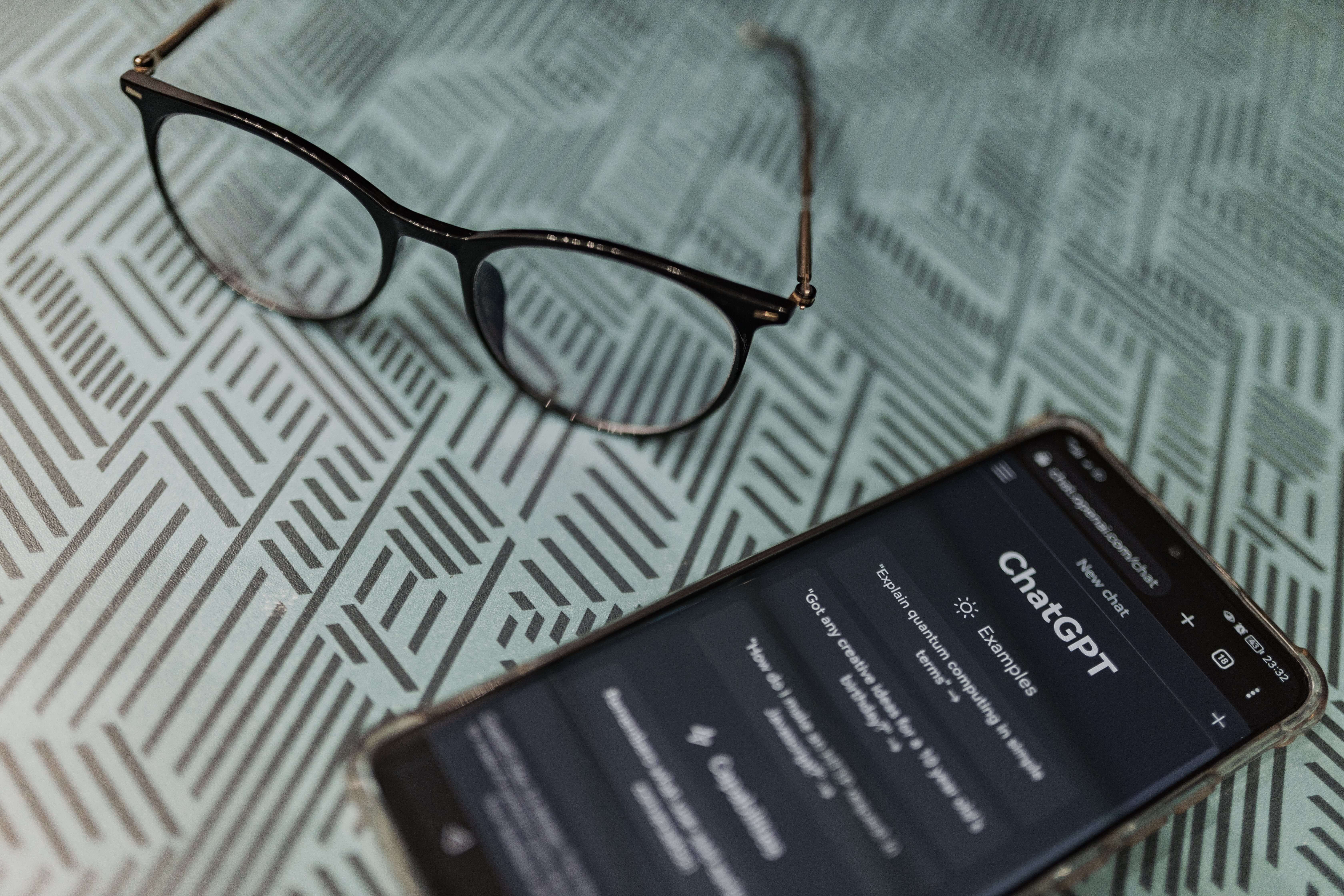Why Two-Way SMS Drives Value for Businesses and Consumers
-min.jpg?width=860&name=francisco-venancio-G_ov3T7WCZg-unsplash%20(1)-min.jpg)
SMS marketing has skyrocketed in popularity, with big-name companies like Airbnb and Michaels using text messaging to boost brand awareness and drive sales.
While consumers have the final say on receiving marketing messages from businesses, there’s a massive gap in the conversation: namely, the consumer’s ability to text back and meaningfully engage with a company.
Two-way SMS is a dialogue, as opposed to a one-way, impenetrable promotional pitch, that meets consumer demand for enhanced communication between themselves and their favorite businesses. An estimated 60% of consumers want the capacity to reply to the texts they receive from businesses, but only 13% of companies allow recipients to respond to their messages.
Those that do respond reap a host of benefits.
Read on as we dive into them and explain why adopting two-way SMS can help you outfox your competitors and increase customer retention.
What is Two-Way SMS?
Traditionally, many businesses relied on outbound-only services to reach their customers. So, even if customers were reaching out to the business via text, businesses weren’t receiving a response. Several years ago, this was enough to reach the messaging mark – but now, customers expect to both receive and send messages to businesses.
Two-way SMS, also known as conversational SMS, is a text messaging service that allows businesses to both send and receive messages. Simply put, it means businesses can reach out to customers, and customers can respond with questions, concerns and feedback, thus igniting a conversation that enriches their experience.
Outside of business and marketing purposes, two-way SMS is how we conduct everyday communication over text with friends, family members and colleagues.
How Conversational SMS Works
Conversational SMS integrates inbound and outbound text messaging into a single, comprehensive service, allowing for real-time messaging between businesses and customers.
To send messages to customers, businesses can use one of two types of numbers: SMS short codes or SMS long codes. While they may look different – SMS short codes are typically four to five digits long, while SMS long codes are standard ten-digit phone numbers – both can enable two-way SMS.
Once your business sends a text message, you may receive a wide variety of responses. This is where automated actions come in. With automated responses, texting customers turns into a conversation – even when there are thousands of unique replies.
By using keywords, businesses can trigger an automatic sequence of interactions that further the conversation without needing direct human involvement. For example, customers texting “YES2BOGO” can trigger an automatic response that delivers a BOGO promo code to the customer without human interaction.
What Does a Conversational SMS Exchange Look Like?
Conversational SMS marketing exchanges will look different from business to business – however, a successful SMS strategy relies on a seamless, straightforward interaction. Here are a few key components of an effective two-way SMS campaign:
- Lead with the brand name. Your customers should know who is reaching out to them. Eliminate any room for confusion by putting it in the first 20 characters of your message.
- Add the customer’s name. Personalizing text messages makes the exchange feel more human.
- Be clear. Why are you reaching out to your customers? Make sure they know why you’re contacting them, and be sure to make the interaction worth their while.
- Create a sense of urgency. Sales or limited offers tend to get positive responses from customers. Make sure they know that the offer will expire.
- Add a CTA. This may be a discount code, a link or a giveaway, to name a few.
- Unsubscribe option. Never forget to give SMS subscribers the option to opt out of texts from your business.
Here’s an example of a quick, effective two-way SMS exchange between a business and a customer:
Business: Hi, Emma! Aura Boutique here. We noticed you purchased our Fuzzy Fall Sweater – you have great taste! Want to expand your wardrobe with 15% off your next purchase? Reply “YES” for a discount code! “STOP” to opt-out.
Customer: YES
Business: Great! Use discount code FALL15 for 15% off your order. Happy shopping!
What are the Benefits of Two-Way SMS Marketing?
There are extensive benefits to implementing two-way SMS into your business and marketing strategy:
- Enhanced customer engagement. Two-way SMS facilitates real-time communication, allowing businesses to engage with customers proactively, address inquiries promptly and build stronger, more meaningful relationships. By implementing conversational SMS, businesses have the opportunity to uplevel their connection with existing customers and strengthen their reputation in the eyes of new customers.
- Personalized customer interaction. Consumers are savvy and know when they’re being approached en masse. With two-way SMS, businesses can tailor interactions based on customer preferences and behaviors, delivering personalized information, promotions and support that satisfy individual needs. This both personalizes the exchange and humanizes the brand behind the screen.
- Instant feedback. Customers aren’t the only ones who will benefit from near-instant feedback from businesses via text. Businesses can leverage two-way SMS to identify customer satisfaction rates and areas for improvement.
- Efficient issue resolution. Instead of resolving issues with customers via phone call or email, conversational SMS enables quick problem identification, streamlined communication and timely resolution.
- It saves your business time and effort. Having the capacity to send bulk SMS messages and reply quickly to individual replies with an automated response means that marketers can engage customers in service-focused conversations without investing extensive time or energy.
How Can Two-Way SMS Be Used?
Two-way SMS is versatile, with applications across several industries. Here’s how you can implement it into your marketing strategy:
Promote Product Launches and Special Offers
Perhaps the most common use of two-way SMS is to promote product launches and special offers. Informing customers of how to take advantage of offers (and providing incentives for them to do so via discounts and vouchers) encourages engagement and creates a sense of urgency. For example, you may incentivize customers to reply to your text message with “YES” to receive a custom discount code that will save them money on their next order.
Confirm Orders
Sending an email confirmation to customers once they place an order is a common practice – however, it’s easy for a confirmation email to get lost in your inbox. Supplementing an email with a confirmation text is a great way to reassure customers that you’ve received their order and provide a medium where they can ask for support if needed.
Submit Text-to-Pay Invoices and Payment Reminders
Sending text-to-pay invoices and payment reminders is a great way to reduce late payments, improve cash flow and keep your customers in the loop. Not only is this beneficial to your business, but an increasing majority of customers prefer a payment reminder text to an email.
Provide Customer Support
Leveraging conversational SMS for customer support offers an effective alternative to communication via phone or email. For simple questions and clarifications, you can prompt customers to use keywords like “HELP” or “TROUBLESHOOT” to trigger an automated response asking for further clarification on the customer’s issue. From there, you can guide them to a FAQ webpage or offer them the ability to speak with a customer service representative.
Answer Questions
Two-way SMS is a great way to answer FAQs without human interaction. You can quickly and effectively answer questions via text by using keywords and key phrases – for example, “What’s the status of my order?”. You can direct your customers to a customer service agent for more complex inquiries.
Confirm Appointments
When your customers book an appointment with your business, you can streamline appointment management with conversational SMS. For example, you may reach out to confirm the appointment date and time, prompting customers to respond “1” to confirm their appointment, “2” to reschedule and “3” to cancel. This eliminates the need for phone tag and, as a result, reduces no-shows, late cancellation fees and customer dissatisfaction.
What are the Best Practices for Two-Way Texting?
Communicating with your customers is easier than you might imagine. However, it still requires a strategic, sensitive and lawful approach. Here are some best practices to remember before you start texting your customers:
- Be mindful of tone. Keep your language aligned with your brand voice, and maintain a professional, friendly tone. Remember, how you text your customers will impact how they see your brand. Conversations via text are equally as important as any other interaction.
- Personalize your messages. Personalizing your text messages goes far beyond simply using their name in your interaction. Be sure to tailor your texts to individual preferences and behaviors to keep the conversation relevant.
- Provide prompts. Don’t text your customers just because. Make sure you’re offering them something and prompting them to take action, whether that be through keywords, shortcodes or response choices.
- Automate responses and actions. The primary benefit of two-way SMS is the capacity to set up automated replies. Be sure to implement automatic responses to acknowledge customer inquiries promptly and ensure a timely exchange.
- Implement a live agent for more complex conversations. For more complex queries or situations, transition your exchange from automated responses to an interaction with a live agent.
- Keep it simple. Simplicity ensures that your message is easily digestible, increasing the likelihood of customer engagement.
- Offer the option to opt out. This one isn’t just a best practice – it’s required by law. A simple “Reply STOP to opt out” will do the trick.
Keep the Conversation Going with Texting Base
With so much of our life conducted from our devices, two-way SMS is a natural, logical progression of B2C communication that nourishes engagement, cultivates trust and fuels loyalty.
If you’re pumped up about leveraging two-way texting to foster strong relationships with your customers, check out Texting Base. Our performance-driven SMS platform gives you an accessible inbox to review and reply to the responses you receive to bulk texts.
In turn, you’ll give your consumers the immersive experience they’ve been craving. We also offer drip campaigns, authentic messages, automatic text replies and all the features you need to rise above your competitors.
Jumpstart two-way SMS marketing with a free trial with Texting Base.


